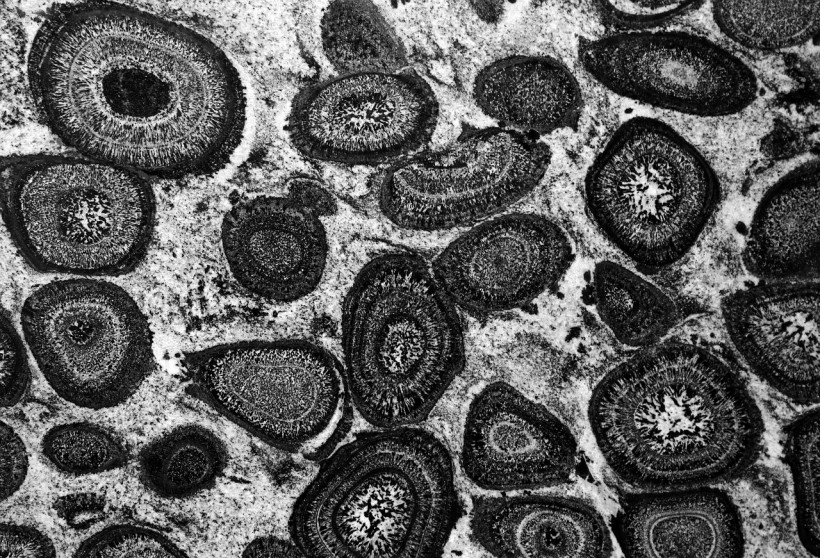Scientists discovered a fossilized embryo of a worm-like creature that lived 500 million years ago during the Cambrian period, revealing the remains of a tiny doughnut-shaped brain. It also provides the first-ever 3D fossilized nervous system of the ancient worm.
Newsweek reports that the study published in the Royal Society Open Science provides details on the internal anatomy of the fossilized prehistoric worm called Markuelia humanensis, an ancient relative of penis worms (priapulids) and mud dragons (Kinorhyncha).

First Ever 3D Fossilized Brain of a Worm That Lived in the Oceans 500 Million Years Ago Found in China
3D Fossilized Brain of the Worm Is One-of-a-kind
Study author Philip Donoghue, a professor of paleobiology at the University of Bristol in England, told Newsweek that the species was first discovered in Hunan Province in South China. The species were initially a mystery to them until they did some work on it a decade ago and found that it belonged to the scalidophoran group.
The species still have some soft tissues, like the nervous system that is rarely preserved. A few years ago, these soft tissues are considered non-existent and are usually all in the form of completely flattened fossils. But the stunningly detailed specimens that they found are uniquely three-dimensional.
Donoghue noted that the specimen was preserved in a fundamentally different way than the usual fossils found. Usually, they decay and microbes start consuming the soft tissues and turn them into the rock that protects them from being collapsed into two dimensional. Compared to the worms that die in a laboratory setting that turns into snot, the discovery of the 3D fossil is unique.
Researchers also wrote in their study that the worm's brain is similar to the nematodes and other closely related parasites in terms of structure. The fossil was dated to the early Cambrian period when conditions on the planet were just right to facilitate the biggest explosion of animal diversity when major animal groups begin to appear in the fossil record.
The discovery suggests that there is a whole other window of the preservation of brains and nervous system three-dimensional that is just waiting to be discovered.
Using Powerful X-rays to Create a 3D Model of the Worm Brain
Donoghue said in an interview with Live Science that Markuelia looks like a mini-adult penis worm. To date, scientists have not found fossils of worm-like creatures in their adult form and have only uncovered hundreds of pristine embryos at different stages of the worm's early development.
Donoghue collaborated with professor Xi-ping Dong from the School of Earth and Space Sciences at Peking University in Beijing. China will examine the fossilized embryos found. They noted that this is the first time they found a well-preserved brain tissue hidden inside.
The specimen was collected from a fossil deposit called Wangcun Lagerstatte in western Hunan, China, wherein it was encased in a large slab of limestone.
After carefully dissolving the limestone, the embryos were shipped to the Paul Scherrer Institute in Villigen, Switzerland, to determine the age of the fossil. They used high-powered X-rays from the particle accelerator that took photos of the tiny M. hunanensis embryos to create a detailed 3D model of the specimen to peer inside each embryo without physically smashing them open.
They found that the embryo contained traces of nervous tissues that are different from commonly seen fossils. It has a clear, organized structure in its head and tail, and a distinct, structured mineralization fabric that is entirely different from other fossils.
RELATED ARTICLE: Prehistoric Penis Worm Priapulids Invented the Lifestyle of Hermit Crabs, Study Says
Check out more news and information on Paleontology in Science Times.














